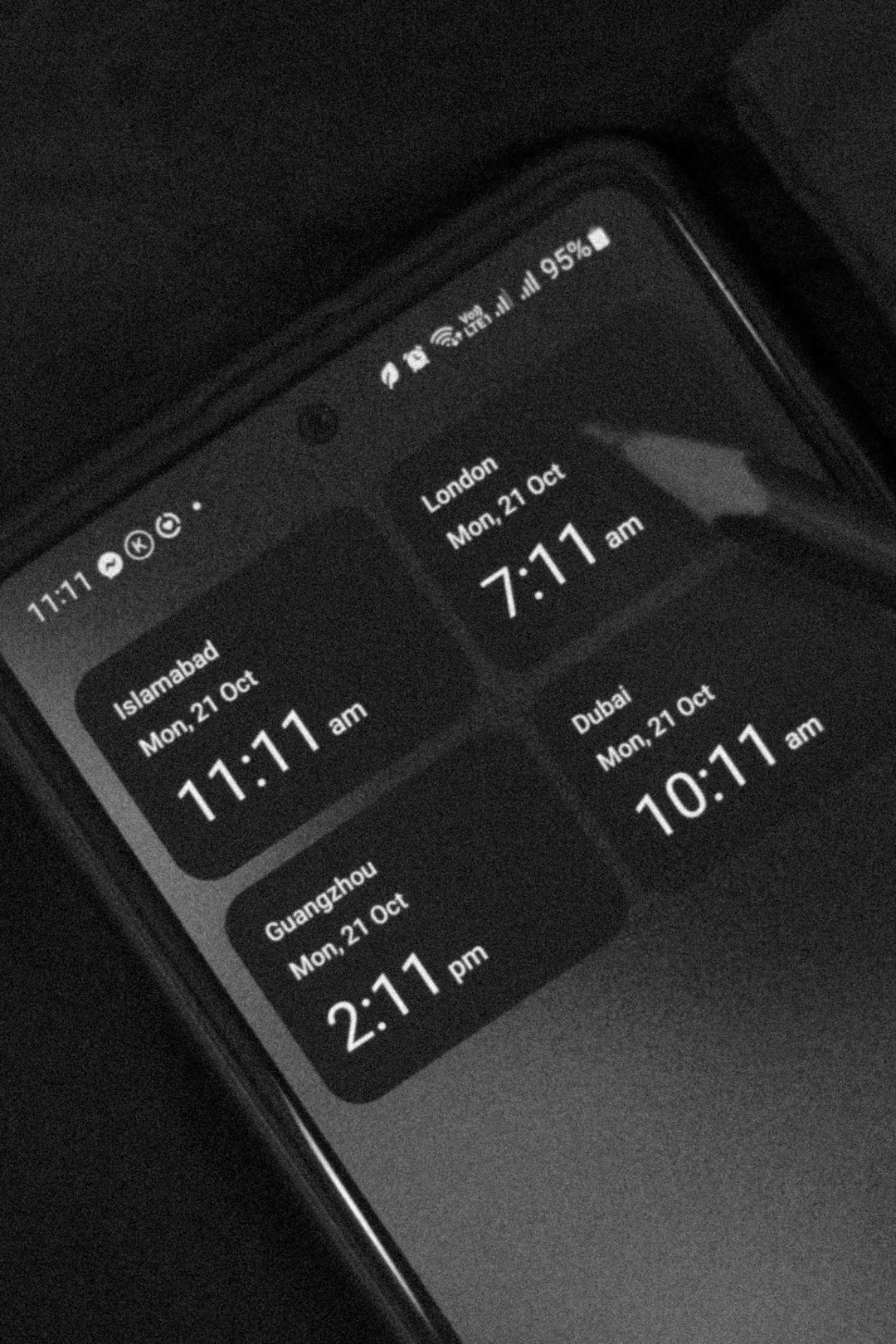In today’s digital world, smartphones are an essential part of everyday life. Whether for personal interactions or business communication, voice calls continue to remain relevant. However, with the rise of unwanted and fraudulent calls, including spoofing, many users are looking for safer ways to communicate. Two important terms that often come up in this conversation are branded caller ID and caller ID spoofing. While they sound somewhat related, they serve very different, and in some cases, opposing purposes.
What is Branded Caller ID?
Branded Caller ID is a service that allows businesses to display their brand name, logo, and reason for calling when making outbound calls. This feature enhances call transparency and increases the likelihood that recipients will answer the call, as it instills trust and decreases uncertainty.
This innovative tool is often used by:
- Retailers for promotional outreach
- Healthcare providers for appointment reminders
- Financial institutions for fraud alerts
- Customer service teams for follow-ups
By knowing who is calling and why, consumers are less likely to ignore the call or assume it’s a scam. More importantly, it helps reduce the chances of a legitimate call being flagged or blocked by spam filters.

Caller ID Spoofing: Misusing Caller Identity
Caller ID spoofing is a deceptive practice where scammers or fraudsters deliberately falsify the information transmitted to the recipient’s caller ID display. This means a caller may appear to be from a trusted business, government agency, or even a close acquaintance when, in fact, they are not.
The synthetic identity created can appear very convincing and is used primarily for malicious purposes such as:
- Phishing schemes
- Social engineering attacks
- Identity theft
- Financial fraud
Since caller ID spoofing bypasses the standard telecom network protocols, recipients are left vulnerable, as they typically have no way of validating the caller’s true identity through conventional methods.
The Legal & Technical Divide
The core distinction between branded caller ID and spoofing lies not only in purpose but also in legality and accountability.
1. Verification & Regulation
Branded caller ID is a service provided through verified telecom carriers and third-party solutions that adhere to strict security, privacy, and compliance protocols. Companies must go through a vetting process to be allowed to brand their calls, including proof of identity, business registration, and in some cases, regulatory approval. This introduces a layer of accountability.
In contrast, spoofing is typically unauthorized and illegal in many regions, particularly when used to defraud or mislead. Efforts like the TRACED Act in the U.S. have introduced tools such as STIR/SHAKEN standards to authenticate the origin of calls and combat spoofing risks.
2. Transparency vs. Deception
Where branded caller ID is about enhancing transparency and building trust, spoofing thrives on deception and manipulation. This means consumers are put at risk when caller ID information cannot be trusted—and ultimately, brand reputations suffer too if spoofers impersonate known companies.

Benefits of Using Branded Caller ID
For legitimate businesses trying to maintain contact with their customers, branded caller ID offers several powerful advantages:
- Increased Answer Rates: People are more likely to answer if they recognize the caller.
- Improved Trust: Displaying branding credentials fosters confidence among recipients.
- Consistent Brand Messaging: Helps reinforce brand identity during the entire communication process.
- Better Customer Experience: Reduces friction and confusion regarding the purpose of the call.
Most importantly, it plays a crucial role in standing out from spoofed or unverified calls, thereby asserting credibility in a digitally noisy world.
The Challenges in Combating Spoofing
Despite advancements in telecom technology and legislative efforts, caller ID spoofing remains a significant threat. Fraudsters are constantly finding new loopholes and leveraging tools like VoIP to spoof numbers at scale while hiding their identity. Even some robocalls that are technically legal can be disguised through spoofed caller IDs.
This is why caller authentication standards like STIR/SHAKEN are being implemented globally to ensure every call has a verifiable trail. Mobile service providers are also rolling out call verification tags and warning messages that notify users about possible spoofed or spam calls.
How Branded Caller ID Can Help in the Fight
One of the most promising aspects of branded caller ID is its potential to act as a proactive antidote to spoofing. The key reasons include:
- Caller Authenticity: Verified branding means there’s less room for fake identities to bypass filters.
- Enhanced Analytics: Service providers can track call metrics, enabling faster spam detection.
- Consumer Education: As branded calls become more common, recipients become more discerning.
Several leading telecom carriers and mobile OS developers are integrating branded caller ID technology deeper into smartphones, offering users real-time call validation and branding-rich UI enhancements. These steps represent a significant stride toward safe, spam-free communication.

Conclusion
As the landscape of mobile calls continues to evolve, businesses and consumers alike must stay vigilant. Branded caller ID stands as a beacon of transparency and trust—serving not just marketing functions but also as a defense mechanism against impersonation through caller ID spoofing.
Understanding the difference between these two practices—one lawful and trust-driven, the other illicit and predatory—is critical for anyone who uses a mobile phone today. Choosing tools and services that verify authenticity is no longer optional—it’s a digital imperative.
FAQs
What is the key difference between branded caller ID and spoofing?
Branded caller ID is a verified and legitimate service that displays clear branding when making calls. Spoofing, on the other hand, involves impersonating someone else’s number without permission and is typically used for fraudulent purposes.
Can spoofed numbers be traced?
Tracing spoofed numbers can be challenging, especially if the caller has used VoIP or other anonymization techniques. However, telecom authorities and law enforcement are improving their tools for identifying and penalizing such activities.
Is branded caller ID available for all businesses?
Most businesses can apply for branded caller ID services through authorized telecom carriers or third-party providers, but they must complete a verification process to ensure legitimacy.
How do I know if a call is spoofed?
Signs of spoofing include caller IDs that match local area codes or known numbers but feel suspicious, calls from “official” entities with aggressive tactics, and calls that request personal data. Many smartphones now flag potential spam or spoofed calls automatically.
Does branded caller ID work on all phones?
Branded caller ID is supported on most modern smartphones and networks, but full features may vary depending on the device, carrier, and country.
Is branded caller ID secure?
Yes, branded caller ID systems typically include encryption, authentication, and verification processes that ensure your business identity is not spoofed or misused.
Leave a Reply